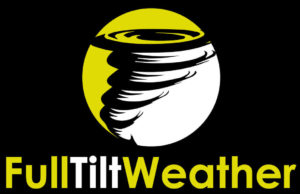Many people wonder why snow forecasts are often inaccurate. Personally, I prefer forecasting any other type of weather.
Take, for example, the snow event that occurred over the Texas Panhandle on December 14th and 15th, 2023. In that instance, the predicted area didn’t experience snow; instead, it fell between Perryton and Spearman, Texas, with around two inches accumulating.
Forecasting snow involves considering various factors. Moisture is a key element, assessed through relative humidity (RH), which measures water vapor in the atmosphere. Dewpoints, indicating the temperature at which water vapor turns to moisture, are also crucial. Temperature plays a significant role in snow forecasting, as condensation depends on it reaching or closely aligning with the dew point.
During the December 14th and 15th, 2023 event, Amarillo’s temperature remained between 35 and 40 degrees. If it had dropped below 32 degrees for a continuous four hours, there would have been a higher likelihood of six inches of snow.
Several factors can influence snow forecasts. The first is the cold air not reaching the area, while the second is the heat island effect, commonly observed in concrete-heavy urban areas, which tends to mitigate snow chances.
The 11/12/2018 event over Lubbock, Texas, resulting in unpredicted 10 inches of snow, was affected by temperature meeting the dew point, allowing condensation to occur.
Topography, like the elevation difference between Dumas and Lubbock, Texas, can also impact snowfall. For instance, Delhart’s higher elevation at 3983 feet might experience snow when Lubbock, just 175 miles away, at 3202 feet elevation, might not.
Efforts are underway to improve snow forecasting programs, but ultimately, meteorologists acknowledge that despite having the right conditions, the final outcome depends on factors beyond human control.

